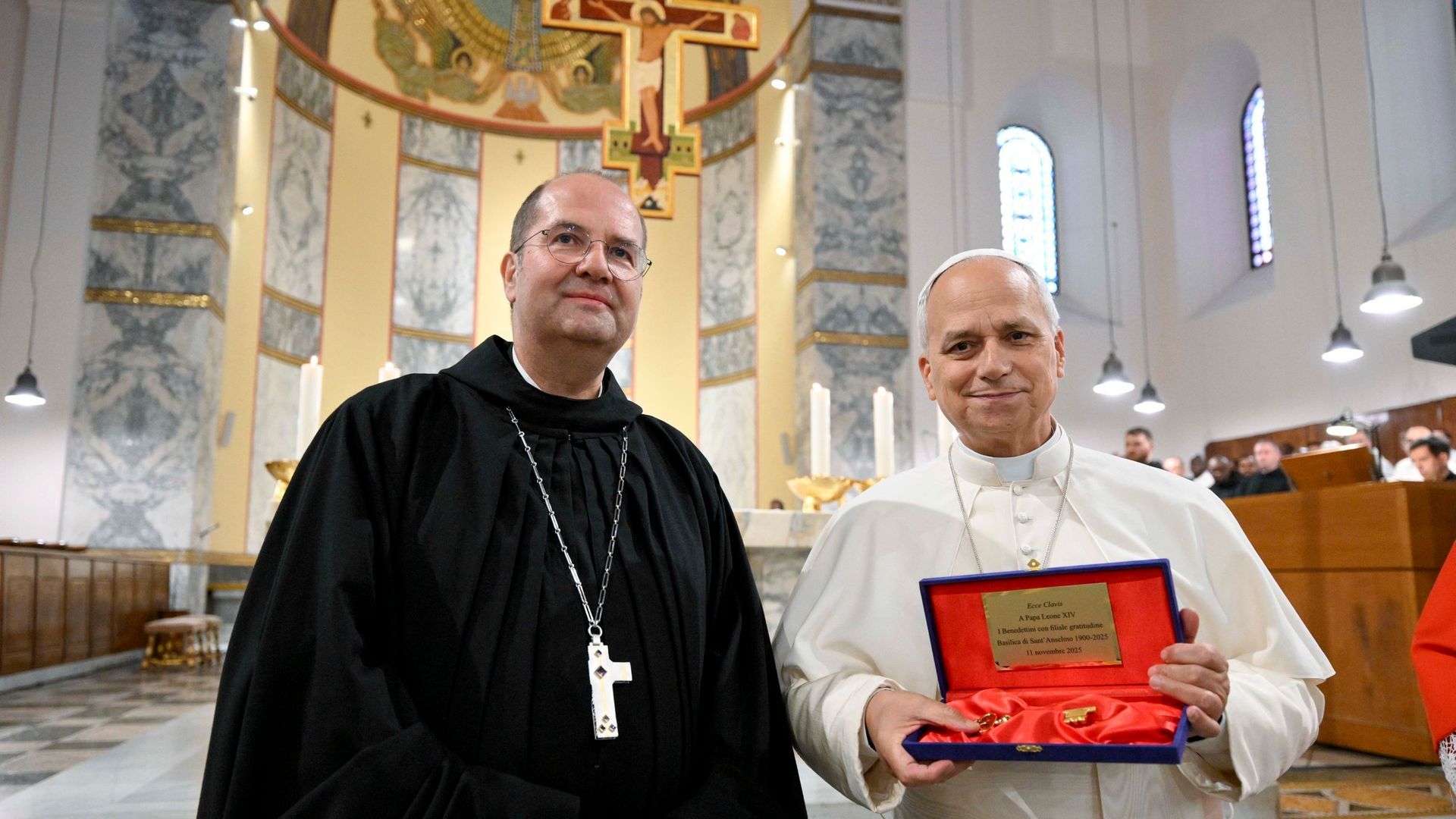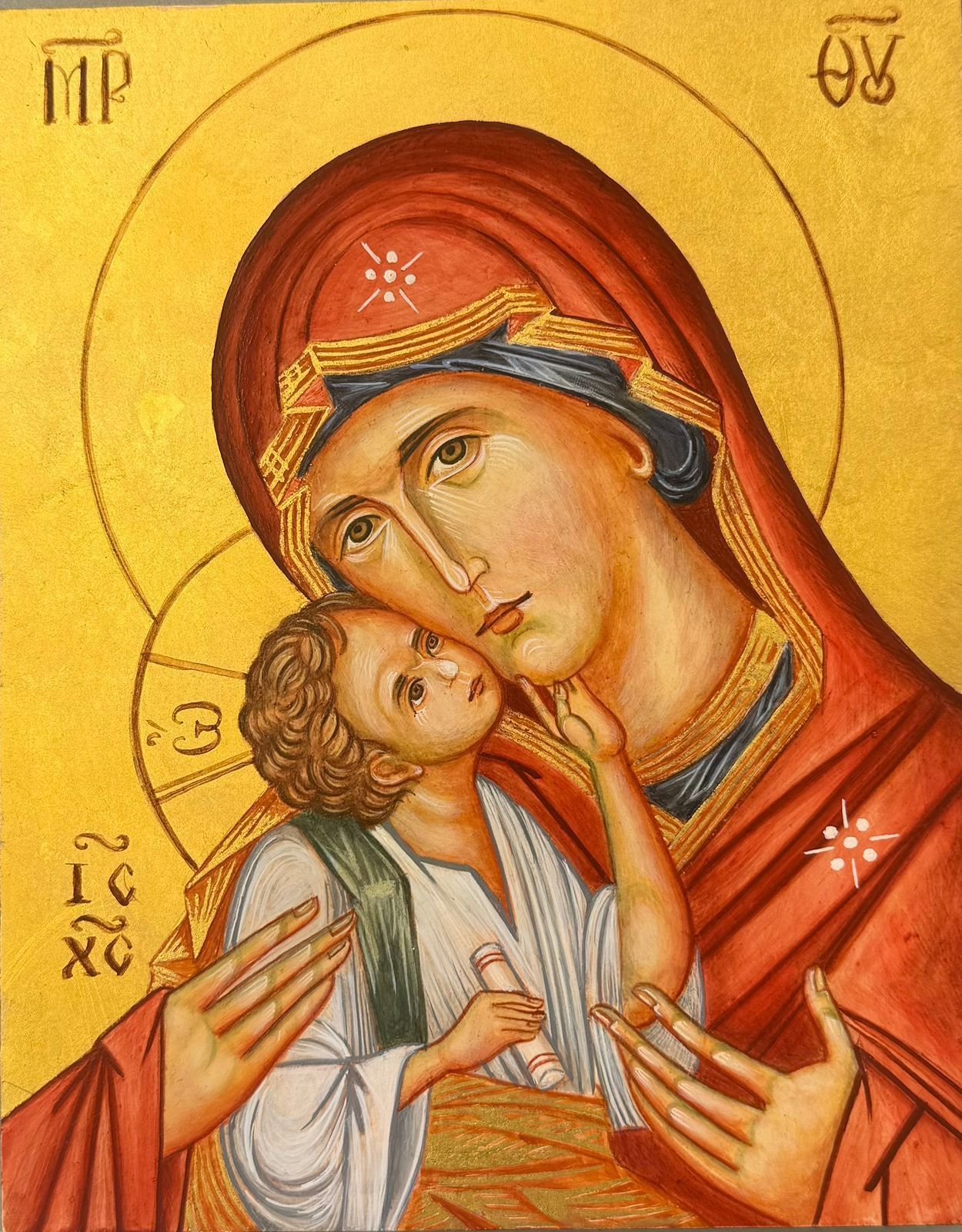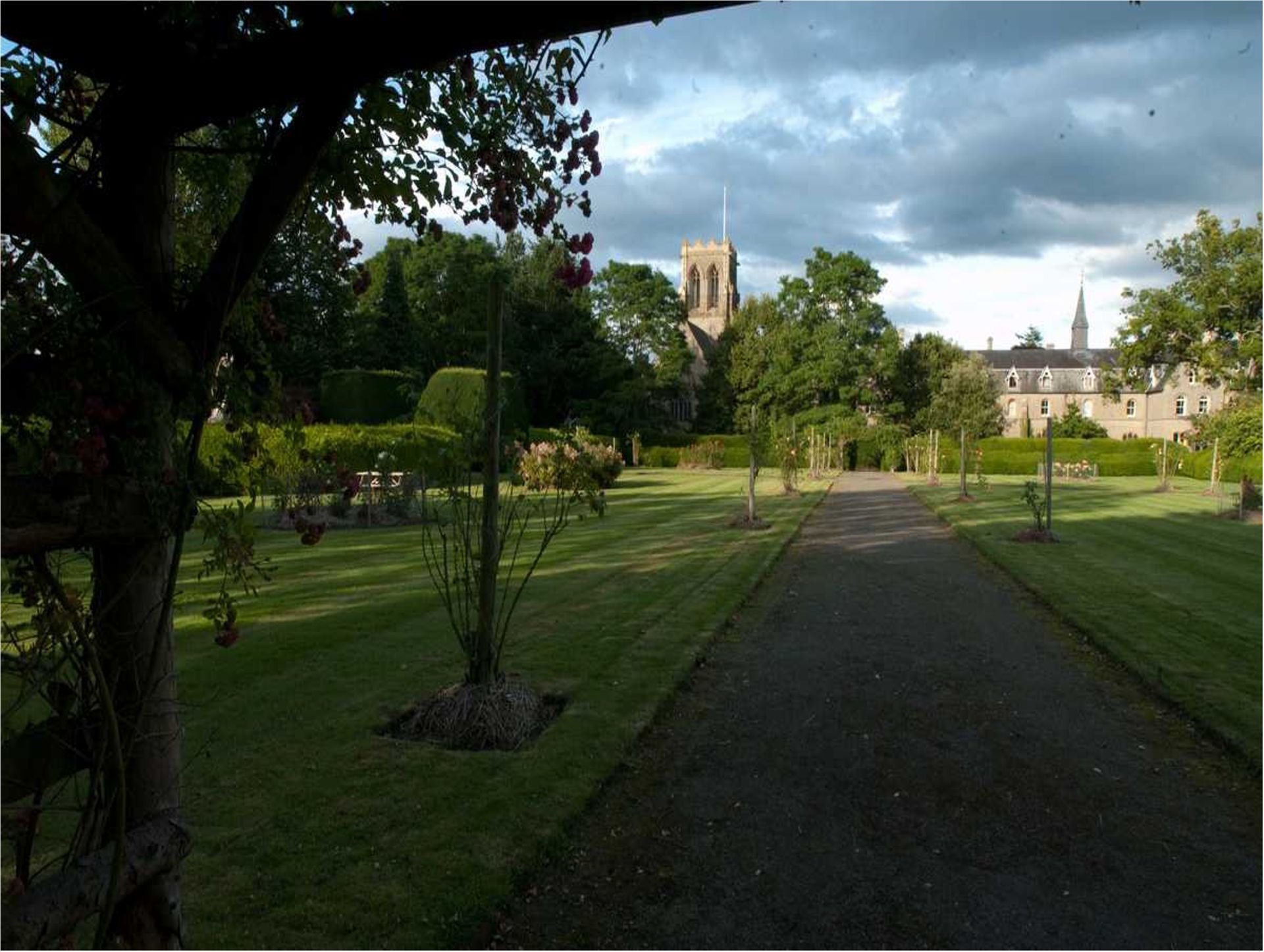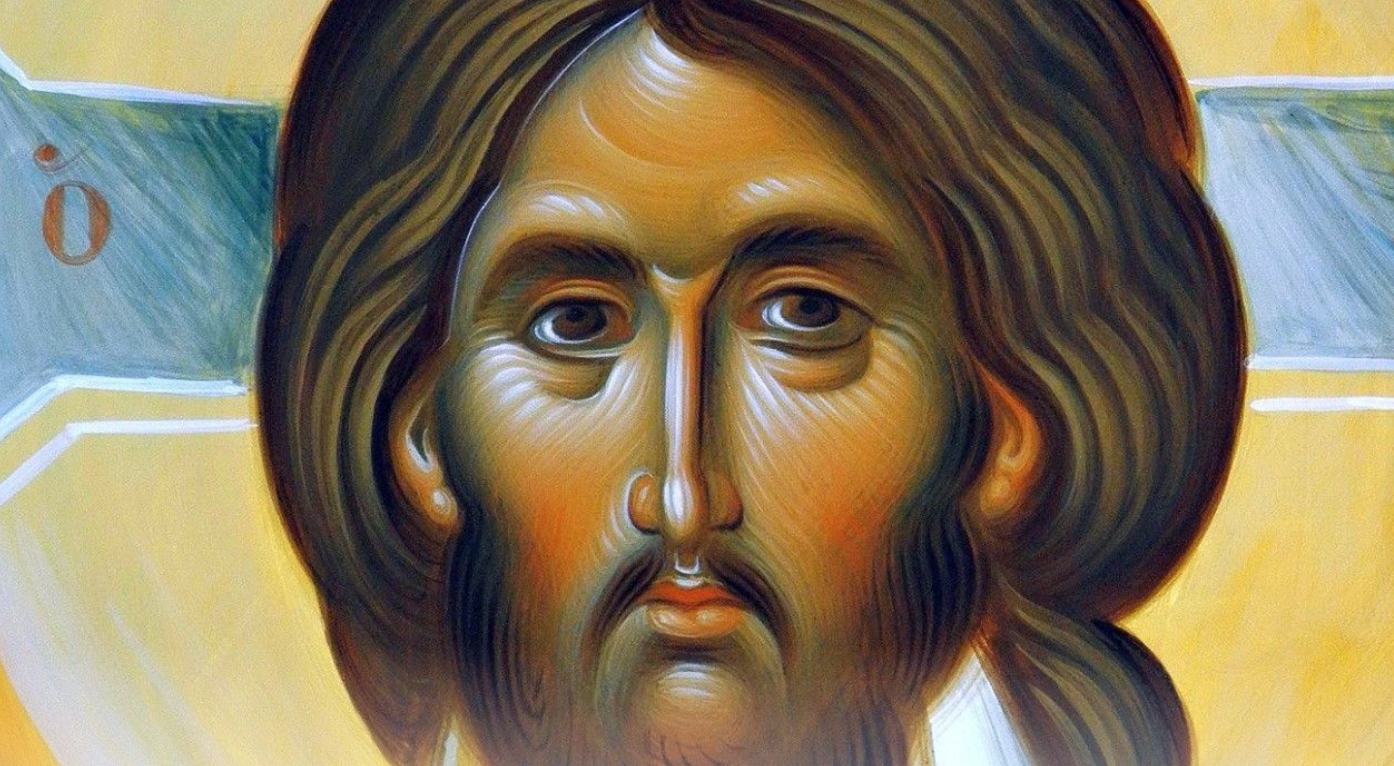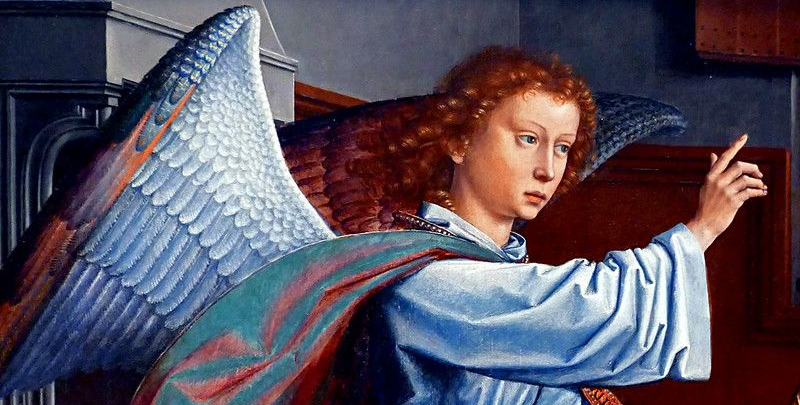Easter Sunday Morning
"He is not here, for he is risen." Homily by Abbot Brendan

There’s a lovely story told about a Religious Information Centre in North Carolina. In its window hung a large image of the dead Christ cradled in the arms of his mother. One day, an old African-American lady opened the door, leaned in, and asked, “That Jesus dead in your window?”
“Yes,” came the reply.
“You mean he stayed dead?”
“No, ma’am. He rose again on Easter morning.”
“Rose again? You mean he live again? He rise from the dead?”
“Yes – surely you’ve heard the story of the Resurrection before?”
And her face broke into a wide, radiant smile. “Oh, I done heard it before. I guess I done heard it a million times before. But I just glories to hear it again.”
And that is what we do today. We glory to hear it again, to tell it again. To hear those Gospel words that change everything: “He is not here, for he is risen.” We glory to sing them again. To fill the air with Alleluias. To sound the trumpet of salvation. To let this holy building shake with joy, just as the earth trembled on that first Easter morning.
When we hear the accounts of the Resurrection of our Lord, we rekindle that first amazement of the disciples. “He is not here!” said the angel. We get a sense of the participants in the drama being overwhelmed by something extraordinary—something that does not fit any available category of thought.
They had been through the mill. The story of Holy Week is one of betrayal, capture, and trial; a story of denial, panic, and despair; the story of a body crucified and laid in a tomb, with disciples terrified and hidden in the upper room. They were downhearted, afraid. “We had hoped…” they said, resignedly.
But the power of the empty tomb meets a broken-hearted woman that first Easter Sunday. Mary Magdalene runs to tell Simon Peter and the Beloved Disciple. She is the apostle of the apostles, as an ancient title gives her—Apostola apostolorum. They in turn race to the tomb, but John soon outdistances Peter—not just because he is younger, but because, at a symbolic level, the Beloved Disciple represents the power and energy of love.
We can feel the kinetic energy of today’s Gospel. It is the beginning of a mobilization of hearts across the globe and across the centuries. And our hearts are stirred and mobilized this morning, as we hear the Gospel afresh.
“Run while you have the light of life,” says St Benedict. Easter calls us to move, to seek, to run toward the One who brings life from the tomb. Easter asks something more: not only what we have been saved from—sin, death, fear—but what we have been saved for.
We have been saved for love. For joy. For communion. For mission.
The Risen Christ does not simply return to comfort his friends. He sends them out. “Go,” he says. “Tell my brothers.” “Proclaim the good news.” “Feed my sheep.” He breathes the Spirit on them and sends them into the world. Easter is not an ending; it is a beginning. And it’s ours too.
We sing in that English Easter Carol:
Now the green blade riseth from the buried grain,
Wheat that in dark earth many days has lain;
Love lives again, that with the dead has been:
Love is come again, like wheat that springeth green.
Christ rises as the first fruits of a new creation. And in him, we too are raised to become people of the Resurrection—witnesses of a love stronger than death, a love that conquers the world, bearers of life for a world that still walks in shadow.
That old lady was right: “I just glories to hear it again.”
But more than that—we glory to live it again.
We glory to become the alleluia we sing.
To be sent out in Easter joy, as his life, his light, his love.
Christ is risen. He is risen indeed.
Let us run while we have the light of life, rise up and love in his name.
And let our lives sing the Easter song. Alleluia.



